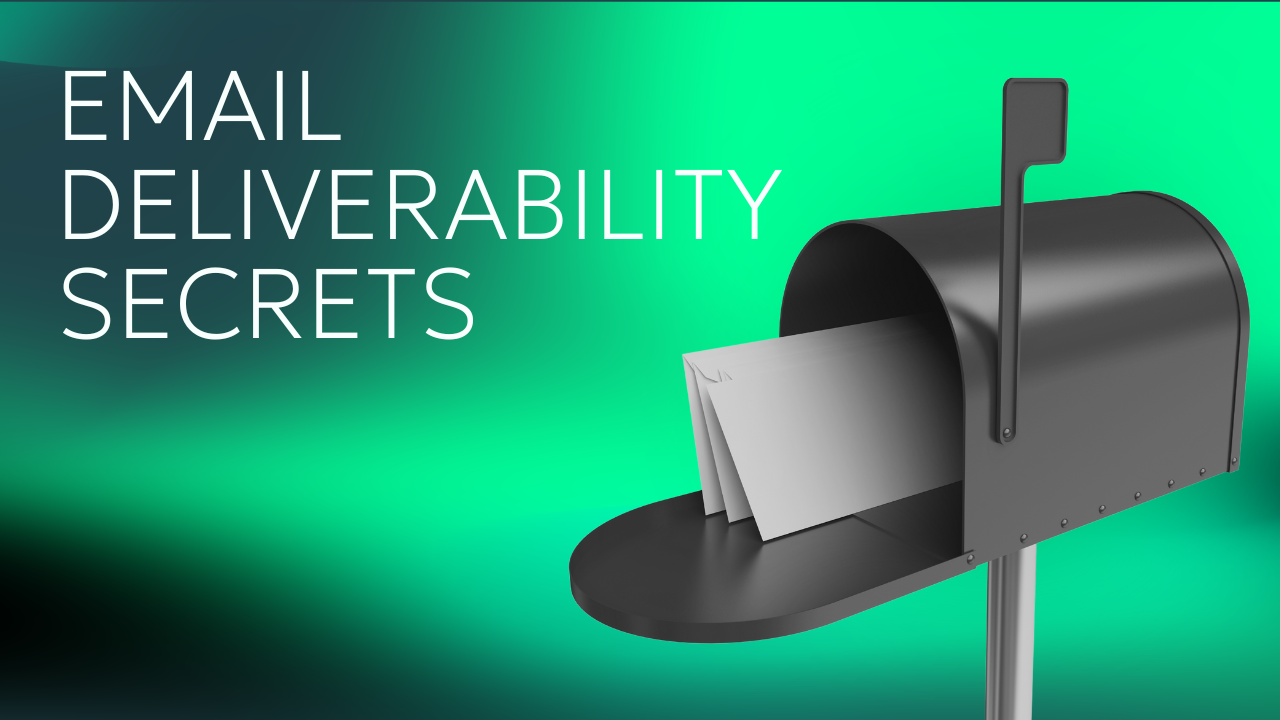Untapped Real Estate: 10 Email Newsletter Footer Examples
Having a well-crafted email footer for your newsletter can help boost your brand in ways that you hadn’t considered.
In fact, it’s one of the big differences between newer newsletter creators and established multi-million dollar brands. Footers in big newsletters often contain quite a few items that help provoke action and brand-building.
What’s the Purpose of a Newsletter Footer?
First of all, the footer is what’s at the bottom of the newsletter. Some think of this as the footer, as found on Today in Design:
Of course, that type of footer is necessary to compy with CAN-SPAM rules requiring an address and a way to opt out of future newsletters.
However, that’s probably not what you’re here for, so let’s talk about what content newsletter owners like to use to wrap up their emails.
The main purposes that creators use their footers for are:
- Brand-building - This could be a friendly goodbye, to reinforce their name or the name of their brand, or something else unique to them.
- Drive traffic - It’s a good place to share links that don’t necessarily fit in the body of the email, such as for a podcast, social media, or other properties.
- Increase subscribers - It’s common to promote a referral program or get people who were forwarded the newsletter to opt in to get the next edition for themselves.
- Increase revenue - Many promote a paid version of their newsletter or sell a course/coaching/info product at the end.
10 Email Newsletter Footer Examples
Here are some of the most common items that newsletter creators put in their footers.
1. Simple Sign Off
Here’s the one you’re most familiar with—the “Sincerely” or “Thanks for reading” and perhaps your name.
However, in a newsletter-type email, this is becoming more of a rarity. Many newsletter owners put their name at the top, especially with Substack and Beehiiv (two very popular platforms) having their default email templates be almost like blog posts.
2. Referral Program
Many of the largest newsletters in the world attribute much of their growth to referral programs.
In fact, Morning Brew is reported to have gained 1 million subscribers through referral programs, while theSkimm gained 3 million!
That’s why so many newsletters have their referral program prominently advertised at the bottom of each email.
3. Promote Paid Version
One of the most common newsletter monetization strategies is to have both a free and a paid version.
Generally, the free version will have a link to upgrade to the paid version in virtually every email send. This serves as a reminder to every free subscribers that they can pay to get more content from a newsletter they love.
Here’s what that looks like at the end of Marc Stein’s The Stein Line newsletter:
Some ESPs, like Substack and Beehiiv allow you to add this feature with a few clicks of a button
4. Promote Other Content
Whether you’ve got a podcast, YouTube channel, or social media profiles, your footer is an obvious place to link to your other channels.
It’s true that your footer won’t get you a ton of clicks, but it’s so easy to build into your email template that you might as well do it.
Here’s what that looks like in the Morning Brew newsletter:
It’s small, it’s clean, and you can get a few extra views and followers out of it.
5. Newsletter Rating
Some newsletters ask for feedback in every edition they send out. This way, they get real-time feedback as to what newsletter topics really resonate with people.
You can go with a standard 1-5 star rating system, like Bill Murphy Jr. does in Understandably:
Or, you can inject some of your brand into it, like Enjoy Basketball does by invoking announcer Mike Breen’s famous “bang!” calls:
6. Get Subscribers From Forwarded Emails
If your content is good enough, many of your readers will forward your emails to other people. Some will search out your website and subscribe, if they think you’re great, too.
However, making it easier for those people to subscribe will definitely improve your conversion rate on them.
NextDraft puts this quick message and link at the bottom:
7. Provide a Useful Resource
A great example of this is on the Money with Katie newsletter. At the bottom of each money-focused issue, she shares a bunch of job posts that she thinks her core demographic will likely be interested in:
8. Give Fun Stuff
Forbes’ daily newsletter is a great example of keeping the bottom sections fun, enticing readers to keep reading to the end.
They have a quiz, like this one:
They also include a link to their game, Frase:
8. Promote a Product/Course
Most newsletter owners keep the main body of their content free from pitching their own product. They often save these until the very end, so that readers can feel like they’re getting good value rather than reading a sales pitch.
Untethered Mind includes a pitch in just about every one of his daily emails. He has such good thought-provoking ideas that his readers are okay with seeing a short pitch at the end.
Here’s what that looks like:
It’s also a common place for creators to pitch 1-on-1 coaching, high-level mastermind programs, or some other sort of service offered directly by the owner.
Here’s Growth In Reverse offering to audit newsletters with a short pitch right at the very end:
9. Promote Events
Many larger newsletters begin to have their own events, whether they’re in-person or online. Forbes Daily does this from time to time:
Again, this is the perfect type of promotional content that works well at the end. It doesn’t interrupt the flow or value of the newsletter, yet engaged readers can still find another valuable resource to interact further with Forbes.
10. Promote Your Other Newsletters
Many newsletter creators expand to other brands or markets. It doesn’t make sense for every newsletter, like if you report on the news or real estate in different cities.
However, people who read 1440 to get the daily news may also be interested in business and finance topics. So, to launch their fledgling new brand, they promoted it in their massively popular daily newsletter:
Growing multiple newsletters can be difficult, especially with the lack of tools out there designed for those types of companies. For example, if you own newsletters in 10 different niches or share the news in 10 different cities, you’re probably finding it difficult to have the time & tools to property run them all.
Enter Letterhead. Our founders built this tool while running dozens of newsletters nationwide to help them see all the data, write faster, and keep their lists separate.
If that sounds like what you’re trying to do, then let’s chat. We can take the growing pains out of building a multi-brand media company.


